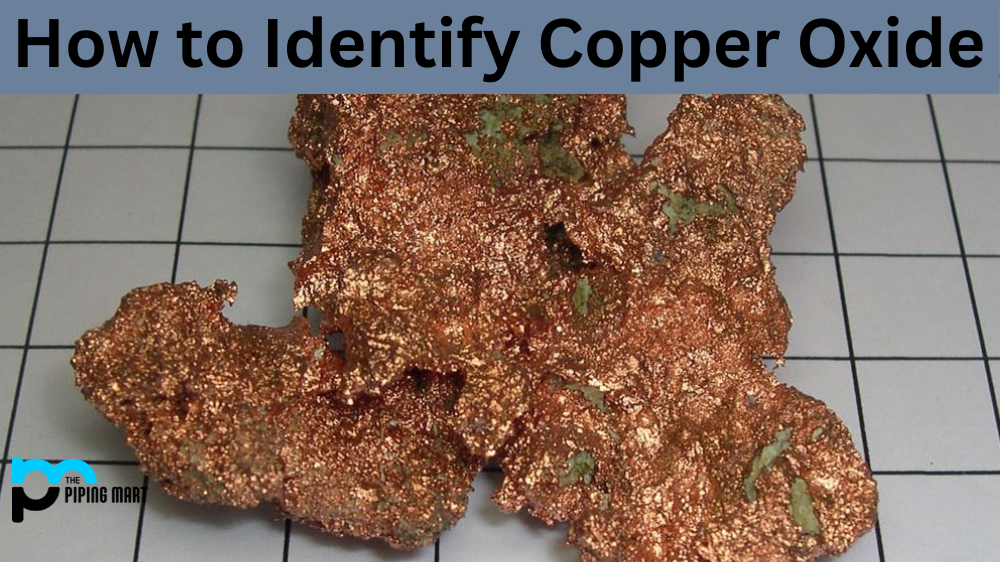Metallic oxides are compounds that are composed of metallic elements combined with oxygen. Oxidation is an important part of many chemical processes, so it’s important to understand the properties and applications of these metallic oxides. Let’s take a look at the different properties and applications of zinc, magnesium, and copper oxide.
Zinc Oxide
Zinc oxide is a white powder that is insoluble in water but soluble in acids or alkalies. It has been used as a protective coating for centuries due to its ability to absorb ultraviolet light and provide protection from the sun’s harmful rays. Oxide Zinc has antimicrobial properties that make it effective against fungi, bacteria, and viruses. As such, it can be found in some cosmetics and sunscreen products.
Uses of zinc oxide
- Sunscreen: One of the most common uses of zinc oxide is in sunscreen. This is because zinc oxide is a very effective mineral sunscreen agent that provides broad-spectrum protection against both UVA and UVB rays. Additionally, zinc oxide is non-irritating and non-allergenic, making it a good choice for people with sensitive skin.
- Skin Care: Zinc oxide can also be used in a variety of skin care products, such as lotions, creams, and ointments. It can help to treat skin conditions such as acne, eczema, and psoriasis. Additionally, zinc oxide can help to protect the skin from sun damage and premature aging.
- Baby Diapers :Zinc oxide is also commonly used in baby diapers. This is because it helps to absorb wetness and prevent diaper rash. Additionally, zinc oxide can help to neutralize odor-causing bacteria.
- Rubber: Zinc oxide is also used in the production of rubber. It helps to improve the elasticity of rubber and prevents it from cracking or deteriorating. Additionally, zinc oxide helps to improve the strength and durability of rubber products.
- Paint: Zinc oxide can also be used as a pigment in paint. It provides good coverage and opacity and is resistant to fading or chalking. Additionally, zinc oxide-based paint is less likely to yellow over time than other types of paint.
Magnesium Oxide
Magnesium oxide is a white powder that is both insoluble in water and alcohol but soluble in acids or alkalies. It has numerous industrial uses due to its ability to act as an insulator for electrical equipment or act as a flame retardant for materials like wood or fabrics. It can also be used as a fertilizer because it provides essential nutrients for plants like phosphorus, potassium, nitrogen, sulfur, calcium, iron, zinc, and magnesium. Additionally, magnesium oxide is often used in medicine to treat symptoms of indigestion or heartburn, as well as improve bone density in people with osteoporosis.
Uses of magnesium oxide
- Magnesium oxide is used as a laxative.
- Magnesium oxide is used to treat heartburn and indigestion.
- Magnesium oxide is used to treat and prevent magnesium deficiency.
- Magnesium oxide is used as an antacid.
- Magnesium oxide is used to treat and prevent osteoporosis.
Copper Oxide
Copper oxide is an orange-red powder that is insoluble in water but soluble in hot, concentrated sulfuric acid or nitric acid. Copper oxide has numerous industrial applications because it can act as a catalyst or deoxidizer when combined with other metals like nickel or iron alloys. Its catalytic properties have made it an important component for refining petroleum products such as gasoline and diesel fuel. Additionally, copper oxide can be used to manufacture solar cells due to its ability to absorb light across the visible spectrum range, which allows it converts light into electrical energy more efficiently than other materials.
Uses of copper oxide
- pigment.
- abrasive.
- batteries.
- solar cells.
- water purification systems.
Conclusion:
Metallic oxides play an important role in many chemical processes due to their distinct properties and applications when combined with different metals and elements such as zinc, magnesium, and copper. Understanding their individual characteristics can help us better utilize them for industrial use or medical treatments, depending on what specific needs you have. Whether it’s providing protection from UV rays with zinc oxide or acting as a catalyst for refining petroleum products with copper oxide – there are endless possibilities when using metallic oxides!

Pipingmart is a B2B portal that specializes in metal, industrial and piping items. Additionally, we share the latest information and information about materials, products and various types of grades to assist businesses that are involved in this business.




